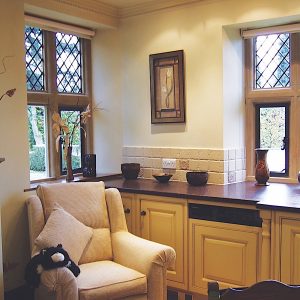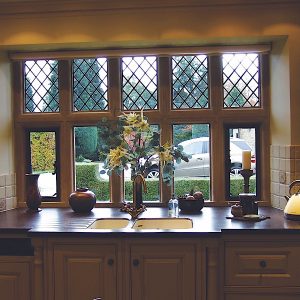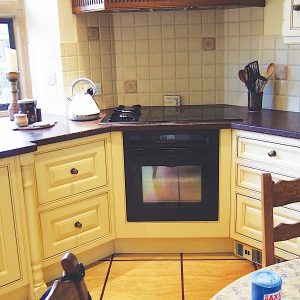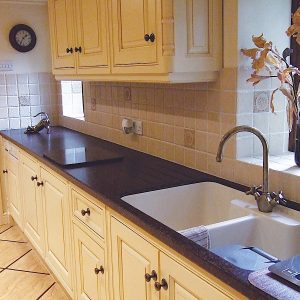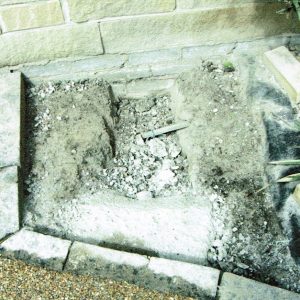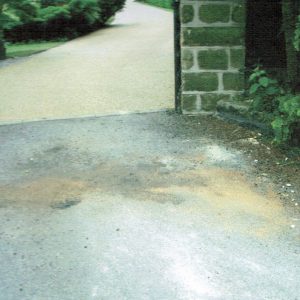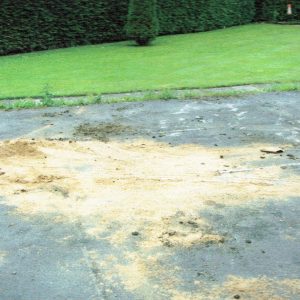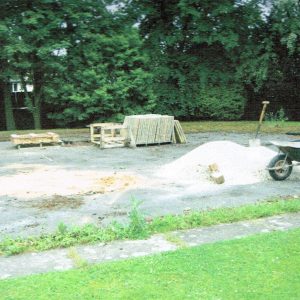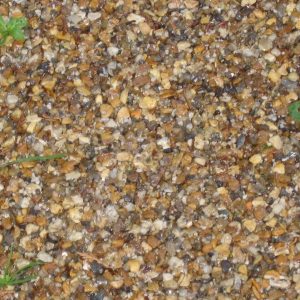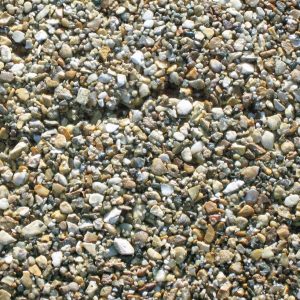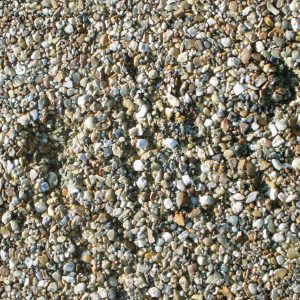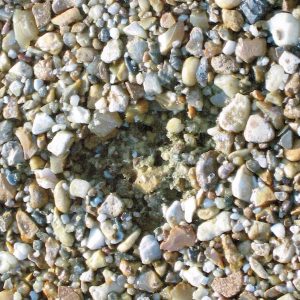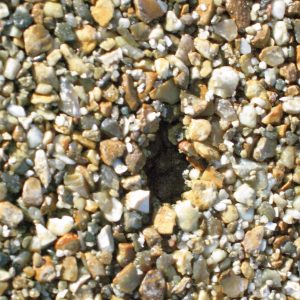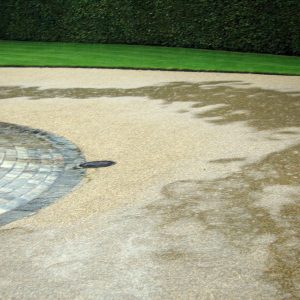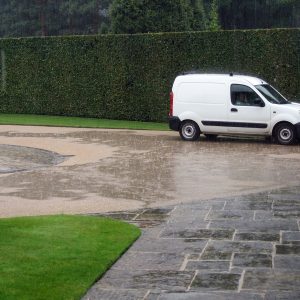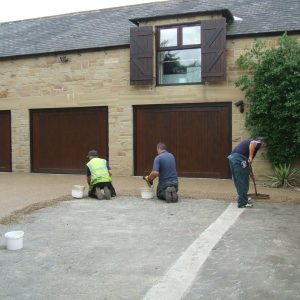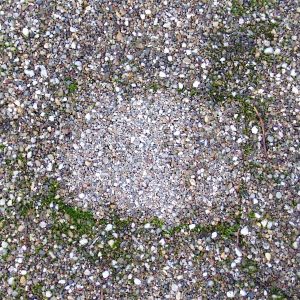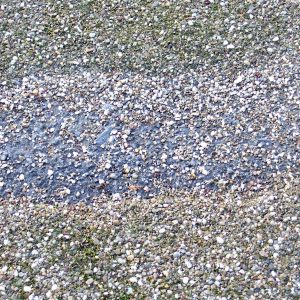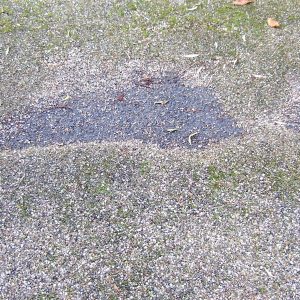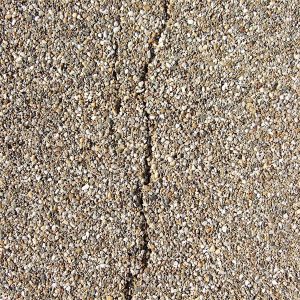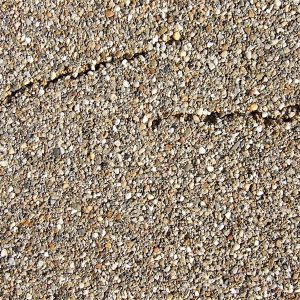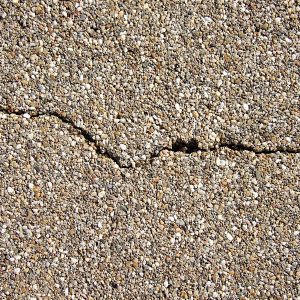The De Dietrich Oven Experience
The new De Dietrich oven certainly looked good, and the young lady who came to tell us all about it was charming. I was impressed by this added service.
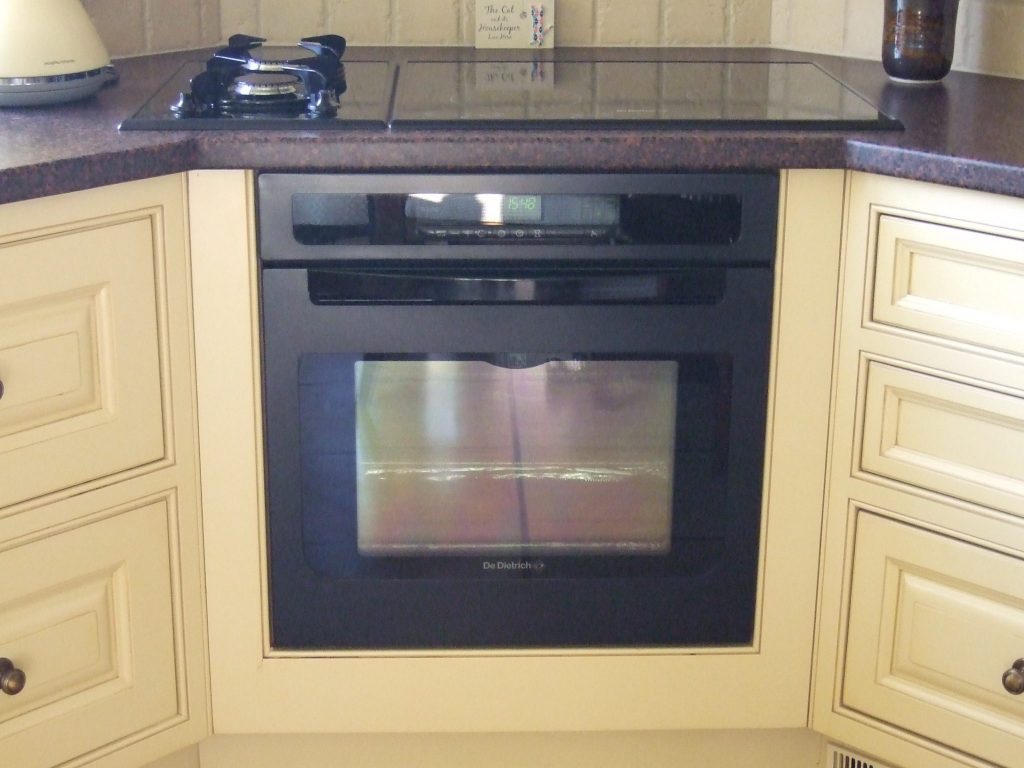
My late husband used to do the vast majority of the cooking and, like many men of his generation, was more interested in the new hobs. He did use the oven occasionally – frequently just to cook frozen ‘ready meals’- and continually complained that the oven wasn’t getting hot enough. I’m afraid that I put his constant complaints down to his stubborn refusal to sit down and calmly read the wealth of information and instructions supplied by De Dietrich…..rather than just flicking up some of the pages.
After he died I was faced with the daunting task of getting my own meals, and that was when the trouble really started.
First, let’s look at the statements made by De Dietrich in the written material which they had provided to us:
- “When using a De Dietrich fan oven a lower temperature should always be used i.e reduce by approximately 15 – 20°C for recipes cooked at up to 200°C. Reduce by 20 – 30°C for temperatures above 200°C.”
- “There is no need to pre-heat the oven except for very short cooking times”.
- “During cooking the temperature selected will continue to flash until the oven arrives at the temperature you have chosen The selected temperature then remains steady.”
- “When the oven reaches the selected temperature it will bleep for 3 seconds.”
During cooking the temperature selected will continue to flash until the oven arrives at the temperature you have chosen. The selected temperature then remains steady – When the oven reaches the selected temperature, it will bleep for 3 seconds.
So did the oven comply with these promises?
Faced now with using the oven myself it immediately became clear that my husband had been right all along – the oven definitely wasn’t reaching the selected temperature, despite the fact that it was bleeping to say that it had.
Although the De Dietrich guarantee had expired, I had taken out Breakdown insurance with Domestic & General so, just over four months after losing my husband, I reported the fault to them.
The engineers arrived, tested the oven, and confirmed that it wasn’t reaching the selected temperature. They advised that the temperature sensor and the main PCB needed replacing; so they put these parts on order. A fortnight later and the replacement parts were fitted.
Unfortunately the problem continued, so I purchased an oven thermometer just to be sure. It indicated that the temperature inside the oven was only 150 ° C when the oven was set at 190 °, but it had bleeped to say that it had reached the temperature I had set it at.
It was a very busy time for me dealing with my late husband’s estate, so I simply reverted to using our microwave. I just ignored the troublesome oven.
Eventually life settled down somewhat for me, so I again took up the cudgels in an attempt to get the oven fixed. I did another test, and then telephoned the insurance company and informed them that the temperature was 133 ° when the oven bleeped to say that it had reached 180 °.
The engineers arrived promptly again, tested the oven, and confirmed that:
- The oven was not heating properly, that it was 155 ° when it should be 180 ° (on both fan and conventional use), and that a new temperature sensor and PCB were required – AGAIN!
- The door was creaking, so new hinges and receivers were needed.
They returned and fitted the replacement parts, assuring me that they had tested the temperature and it was reaching 177 ° when set at 180 ° degrees.
They also informed me that the oven thermometer that I was using was not terribly accurate, and that theirs was a “professional” one.
Another cold pizza later and I invested in an expensive “professional” thermometer, only for it to tell me that the selected temperature was still not being reached. This time I wrote direct to the engineers (with a copy to Domestic & General). They fitted yet another new probe and, during the visit, they telephoned De Dietrich’s technical department who, the engineer informed me, told him that a “20% variance in temperature was normal with their fan ovens” – hence when the oven bleeped to say that it had reached 200 ° it might only be 160 °…..this despite De Dietrich’s own guidance that their ovens were so powerful that a lower temperature should be used, and that we should reduce the required temperature by some 20° !!!
Excerpt from their brochure:
When using a De Dietrich fan oven a lower temperature should always be used i.e. reduce by approximately 15°C — 20°C for recipes cooked up to 200°C. Reduce by 20°C — 30°C for temperatures above 240°C. Please note that cooking temperatures for recipes in this book recommending use of the fan have already been adjusted so there is no need to further reduce, you will only need to reduce temperatures for recipes from other recipe books.
The engineers, who I believe really did want to help me, suggested that:
- I pre-heat the oven for longer (De Dietrich say that there is no need to pre-heat their ovens except for very short cooking times – such as biscuits): and
- Put the oven at a higher temperature for a while, then lower it, and keep checking the food.
Can you imagine trying to time vegetables cooking on the hob to be ready at the same time as a joint is cooked…..it’s hopeless.
The drama continued, with letters flying back and forth over the following months.
Then the engineers informed me that the insurers (Domestic & General) had refused to pay their outstanding invoices, and that they were not therefore (understandably in my opinion) inclined to help me further, and as an additional result would not now be able to guarantee the various parts which they had fitted.
Not yet ready to be beaten I wrote to De Dietrich themselves who stated (as just one example) that they “had no record of written or published statements by their company that fan oven temperatures should be reduced by some 20%”. They asked me to send them copies of such statements by them as evidence. Which I did !!
Their reply admitted that their manual “leaves room for interpretation”; but then they had the brass neck to add that they “would certainly promote an intuitive approach to the art of cooking”. It appears from this that if you’re not an “intuitive” cook then, rather than follow the instructions in their manuals, you should just hazard a guess at what temperatures you think the oven might be cooking at..
De Dietrich asked me present evidence supporting an inherent fault – which they advised they remained obliged to take responsibility for six years from the date of purchase. So I sent them all the engineers’ reports. As I might have expected, They replied that these did not “constitute evidence that the faults were validated”.
A few more letters were exchanged, but I was wilting by this time. I accepted that I would get nowhere with the manufacturers either.
My final attempt was with the Trading Standards Division of the local County Council who informed me, much to my amazement, that a 20 % variance was acceptable for ovens. At this point I gave up.
So: for a very long time now I have relied upon my trusted microwave. If or when I decide to replace the De Dietrich disaster I will thoroughly investigate performances first. Once purchased I will – during the guarantee period – put the oven through all the tests to ensure its performance against the relevant manufacturers manual and marketing material. And I will certainly not bother paying for insurance.
The Avonite Story
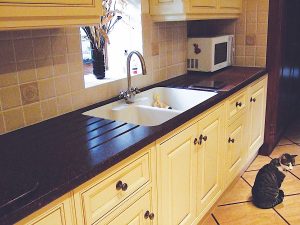 Avonite – “Innovations in solid surfacing” they said, “Offering you the flexibility, elegance and durability you could only have dreamed of”. “Hard, homogenous and repairable, Avonite Surfaces can be inlaid and jointed inconspicuously” said Sylmar Technology Ltd who were the exclusive UK supplier of Avonite Surfaces. With the manufacturers’ (who were based in the USA) 10 year guarantee, it sounded just what we were looking for.
Avonite – “Innovations in solid surfacing” they said, “Offering you the flexibility, elegance and durability you could only have dreamed of”. “Hard, homogenous and repairable, Avonite Surfaces can be inlaid and jointed inconspicuously” said Sylmar Technology Ltd who were the exclusive UK supplier of Avonite Surfaces. With the manufacturers’ (who were based in the USA) 10 year guarantee, it sounded just what we were looking for.
Expensive though it was, my husband and I were attracted by all the promises made in the marketing material so, just to be on the safe side, we asked for a sample of the ‘Coppermine’ satin worktop we were considering for our new large kitchen/diner and for the adjoining (equally new) utility room.
We were both very light users of the two rooms because we travelled a great deal, and our housekeeper was very careful with our home. We therefore tested the sample by moving mugs and plates across the surface, and tried to stain it with wine. The result was – no scratches or marks. We were so impressed that we ordered it to be made and fitted throughout both rooms. Oh dear, how we came to regret that decision !!
A firm called Whitehall Fabrication Ltd did the work, but very soon after completion it became obvious that the Avonite surface was extremely easy to scratch. The simple movement of a mug or ornament across the surface left scratches everywhere. We put felt pads on the bottom of all the ornaments, but obviously couldn’t do the same to all our mugs and plates. We therefore ‘attempted’ to obtain the various items of the “Care and Maintenance products recommended by Avonite” (white Scotch Brite pads and Soft Scrub). We kept asking for them, and were eventually recommended to use some green scouring pads. We purchased these – but the kitchen fitter then strongly advised us NOT to use them !
So we tried to acquire Avonite’s “Surface Care and Maintenance Kit” – only to be told that it was not available in the UK.
Three years after installation we wrote to Sylmar, asking if they could provide any products which were required to put the Avonite back into pristine condition….we recounted to them the long and sad story.
To be fair, Sylmar did reply a few weeks later, but what they said did not give us a great deal of confidence.
Sylmar opined that we had a gloss finish and not a satin one – which was not the case. They sent us another “Care and Maintenance” leaflet but informed us that, if we did indeed have a satin finish then they advised that the necessary procedure should “be carried out professionally”. They gave us the names of two companies “who are willing to offer their services, at costs to be agreed with us”.
Subsequent to that letter my husband died, and the caterers I used after the funeral scratched the worktop in a couple of other locations; so I contacted one of the ‘professional’ companies recommended by Sylmar (Artisan Worksurfaces Ltd) to polish the Avonite satin worktops throughout both rooms. Their representative arrived on site……
Oh dear ! The result was an absolute disaster:
- At first the representative informed me that Avonite ‘Coppermine’ did not come in a satin finish, and that what I had was a gloss finish.
- I protested, and showed him the sample against the worktop. He then admitted
that the surface was “more satin than gloss”. - I had previously asked how much dust there would be from the work, and had
been told “very little”. Due to that confident statement I had not covered the furniture with dust sheets. - The Artisan Worksurfaces workman spent almost all day ‘experimenting’ on the surfaces – using a polishing machine, creams, and various other products. He even tried my Pledge spray polish !
- Dust and cream went absolutely everywhere. All the cupboards where full of
it. The cream was splattered all over the stone mullions to the windows,
permeating their porous surfaces. The soft fabrics, which had been
professionally cleaned just a matter of weeks earlier, were ingrained with dust
and cream.
- When my housekeeper and I cleared the thick dust from the Avonite
surfaces we found – to our horror – that they had been ruined.The uneven patina was an absolute disgrace. The machine had left scratch marks everywhere.All the fixed items (sinks, hobs, taps, tiles and stone mullions) had a different finish around them; no doubt because his machine couldn’t get to their edges.
- The workman who had ruined my kitchen had the nerve to tell me that he would not have recommended Avonite for a kitchen !!
- I wrote to Sylmar Technology a few times about the problem but, needless to say, my letters were ignored. I eventually gave up.
So was that an end to the Avonite saga ? Unfortunately not.
The “seamless” Avonite sinks were integral with the worktops and, just a couple of months after the surfaces had been ruined by Artisan Worksurfaces, a large crack appeared in one of the sinks in the utility room. Water was leaking through the crack into the cupboards below. Ever hopeful, I immediately started writing to Sylmar again – reminding them of Avonite’s ten year guarantee.
My letters about this latest disaster were, of course, ignored, so I wrote to Avonite Inc in the USA. Much to my delight they replied immediately, advising that they would contact Sylmar Technology and “have them get in touch with me”. Three months later I had still not heard from Sylmar, so I emailed Avonite and told them this.
In the meantime I could obviously not use a badly leaking sink so, in sheer desperation, my plumber had filled the underside of the crack with fibre-glass so that I could at least use the sink.
Avonite USA asked their European Manager to see if he could get a response out of Sylmar.
Another month went by, so I chased the European Manager, and asked if Sylmar was ignoring him too ? Within 24 hours I received an email from Sylmar’s Director of Technical Services saying that he would send out one of their technicians to evaluate the issue.
More weeks passed and a ‘technician’ turned up at my home without giving me any prior notice. He gave the sink a cursory examination and attempted (unsuccessfully he told me) to take a photograph of the crack with his mobile ‘phone.
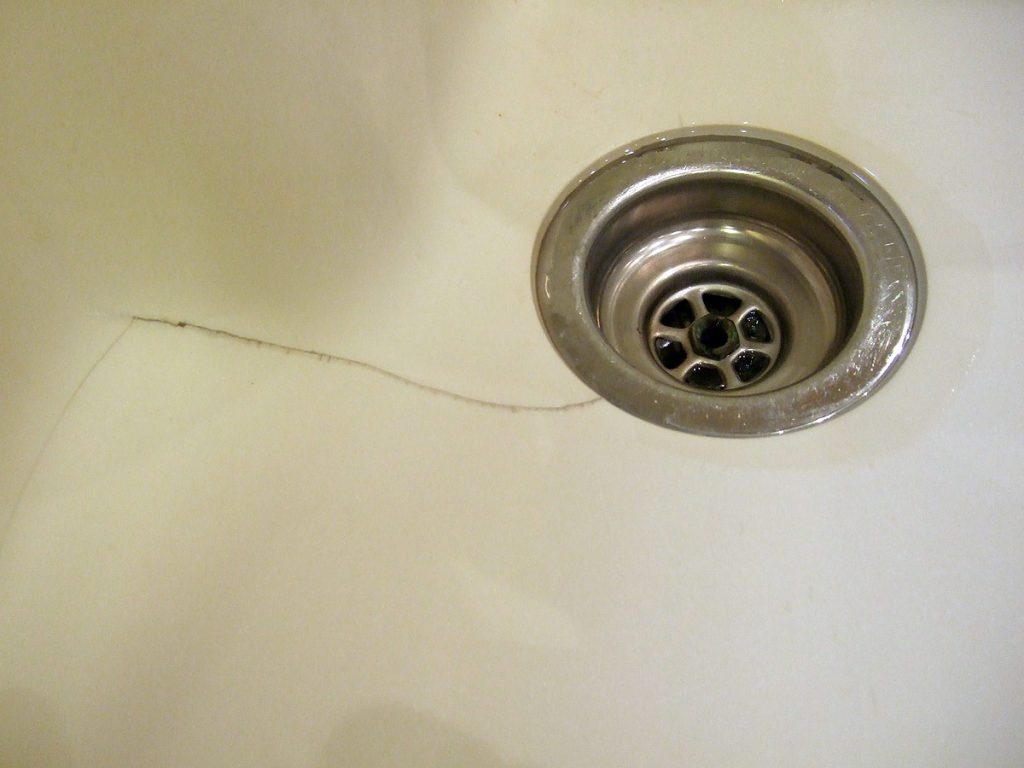
A week later I chased Sylmar, and was informed that they were approaching someone else in the organisation….it was exactly the same person who had ignored my letters five years previously. I was not impressed.
Yet another month went by without my hearing anything, so I chased Sylmar AGAIN.
The following month, still having heard nothing, I took legal advice – and informed Sylmar what I was doing. A week later they informed me that the sink would be “refinished and repaired” the following month. They also told me that they wanted to involve Whitehall Fabrications (who did the original work) in the issue.
Later, Sylmar informed me that, due to an undelivered email, they were now looking at a further delay of a month before the work could be done. By this time I was beginning to think that they were trying to extend the matter until the ten year guarantee had expired !!
So, what exactly was the “refinishing and repair” work which was undertaken eleven months after Sylmar had been notified of the bad crack in my Avonite sink ?
If you have any experience of sinks which are integrated with the worktop, and moulded invisibly in the same material, you may think (as I did) that the entire section incorporating the sink would have to be replaced. So what transpired ?
A gentleman arrived, scratched his head a few times and then, with a very fine paintbrush, just painted over the scratch to hide it. I was staggered. Just under a year of constant chasing by me – and that was the worth of a ten year guarantee from Avonite Innovations.
Within a couple of weeks the paint had disappeared and the crack was showing again. Then another crack appeared at an angle to the first one.
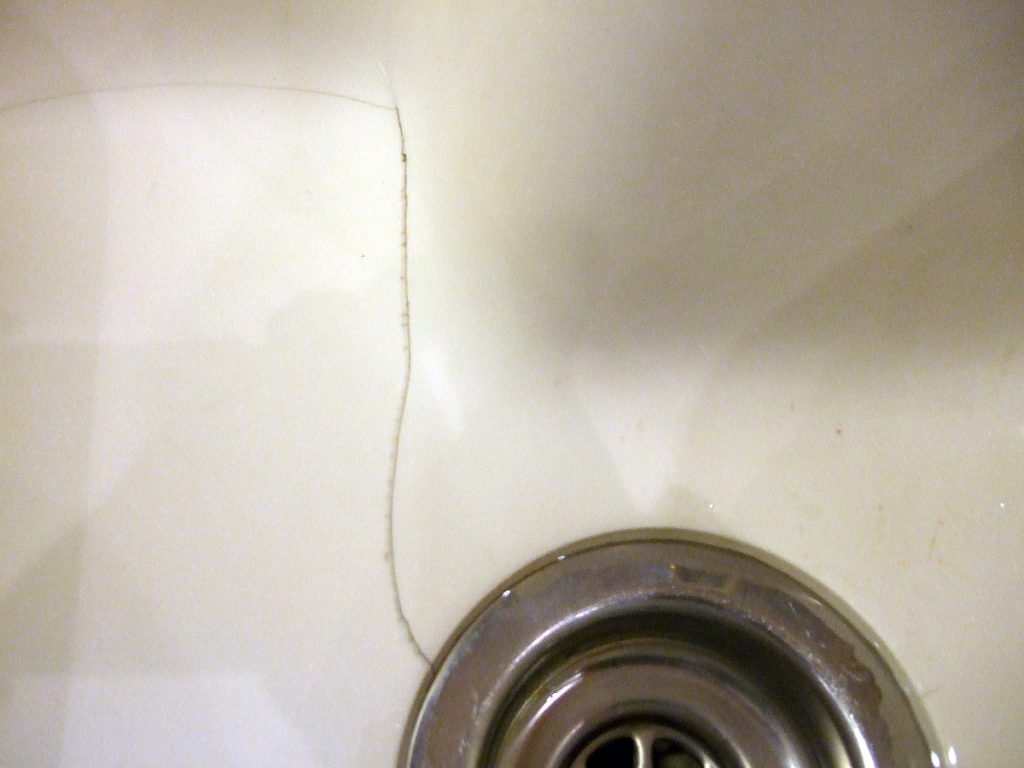
THEN, just a few months later, a very large crack appeared in the worktop to the kitchen……I knew when I was beaten.
So much for my own experience of the claimed “durability” of Avonite Innovations solid surfacing and their ten year guarantee.
The Clearmac Experience
 In their marketing material Ayton Products (a May Gurney sector) promised that their Clearmac cold-applied paving would be highly durable, hard wearing, low maintenance, and with no loose stones. They stated that it was designed for driveways and parking areas – which was exactly what we were looking for.
In their marketing material Ayton Products (a May Gurney sector) promised that their Clearmac cold-applied paving would be highly durable, hard wearing, low maintenance, and with no loose stones. They stated that it was designed for driveways and parking areas – which was exactly what we were looking for.
Ayton exampled that the same product had been used at the National History Museum, and was taking vehicles such as fire-engines without any damage to the surface. They informed us verbally that the Clearmac could be cleaned with a regular pressure washer. The brochure said not to use a high pressure washer.
Ayton’s promises, plus those from their chosen sub-contractor (Inlay Limited) convinced my late husband and me to proceed with the works – despite the high price. How I now wish that we hadn’t !
The quality and organisation of the work was absolutely dreadful, and worthy of a television saga. The stress, inconvenience, and damage to adjacent shrub beds and lawns which accompanied a catalogue of disasters was unbearable. When Inlay stated that the work had been ‘completed’ our home looked like a disaster zone.
- Bag of sand thrown into a shrubbery.
- Excavation left open, with bricks thrown amongst plants.
- The state my main entrance was left in
- Sand and rubble left on the base of the old tennis court.
- Unused heap of sand and my ruined wheelbarrow (used without my permission) left on the old tennis court base.
Even worse, the area in front of our home was already sinking, and the levels (which had previously been excellent) were such that rain water did not flow into the drains – causing huge puddles.
Inlay returned to relay this area (which is circular with a fountain in the middle), throwing their rubbish into the flower beds as they went along. The resultant levels were just as bad.
Just a few weeks later cracks began to appear in the Clearmac, and then hundreds of weeds began to spring up in this supposedly ‘maintenance free’ surface.
I wrote to Ayton Products (the manufacturers of Clearmac) who passed the buck back to their sub-contractor Inlay. Letters flew backward and forwards.
18 months after the supposed ‘completion’ more cracks and dozens of holes had appeared in the Clearmac – so I wrote to Ayton again.
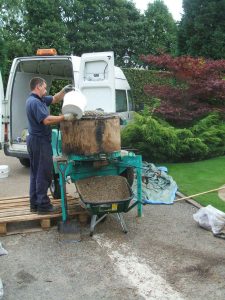 Ayton sent a representative to inspect the work, and this revealed that the Clearmac was only 3 to 4 mm deep in places (instead of the necessary 16 to 18 mm depth promised), and that the surface had not ‘cured’ and was crumbling away. The Clearmac continued to degrade rapidly all over the place. There were loose stones in abundance, being kicked up by car wheels and carried along on the bottom of shoes. Both Ayton and Inlay ignored our pleas for action/responses. Only when I employed independent consultants to report on the works, and informed the two organisations that I was putting the matter in the hands of solicitors, did I then hear back from Ayton. The General Manager said (a) that the situation we had found ourselves in was totally unacceptable (b) that Clearmac was “one of the leading such systems in the marketing terms of durability” (c) that he “guaranteed” the issue would be resolved and (d) that he proposed a meeting on site. It was particularly noticeable that he did not want the independent experts employed by us to be at the meeting. I wonder why ?
Ayton sent a representative to inspect the work, and this revealed that the Clearmac was only 3 to 4 mm deep in places (instead of the necessary 16 to 18 mm depth promised), and that the surface had not ‘cured’ and was crumbling away. The Clearmac continued to degrade rapidly all over the place. There were loose stones in abundance, being kicked up by car wheels and carried along on the bottom of shoes. Both Ayton and Inlay ignored our pleas for action/responses. Only when I employed independent consultants to report on the works, and informed the two organisations that I was putting the matter in the hands of solicitors, did I then hear back from Ayton. The General Manager said (a) that the situation we had found ourselves in was totally unacceptable (b) that Clearmac was “one of the leading such systems in the marketing terms of durability” (c) that he “guaranteed” the issue would be resolved and (d) that he proposed a meeting on site. It was particularly noticeable that he did not want the independent experts employed by us to be at the meeting. I wonder why ?
Ayton then proposed yet more remedial works, but had the nerve to say that shedding of the stone was normal, and that all similar paving products suffered the same….this despite the fact that their marketing material clearly stated that there would be “no loose stone” !
The site investigation report which we had commissioned from an independent expert was absolutely damning, and we sent it to both Ayton and Inlay. Yet again we waited many weeks for a response.
Inlay eventually replied, but only to tell us that they wanted their own ‘independent’ firm to undertake an investigative survey, and they told me that they were having the same problem with stone loss on other Clearmac jobs.
Eventually we heard again from Ayton who stated that “as there is not sufficient structural integrity in this depth to retain the aggregate in place” they were “not surprised that there is more than normal aggregate (stone) loss”. A few days later they added that they had “deduced” that areas “did not contain sufficient quantities of the fine aggregate, or if they did they were not mixed sufficiently”…..so the ball was back in their sub-contractors court.
Inlay offered to replace the Clearmac in the garage forecourt, and undertake ‘patching’ repairs on the drive, the following month.
The saga then became even more unbelievable when we were informed by Ayton that they were in a legal dispute with Inlay. Yet again we were the piggy in the middle of these two firms.
Another month passed. Inlay then advised us that, due to the legal problems with Ayton, they would be using a different resin for the rectification works – but that the stones would be the same. They sent us a sample of the stones they intended to use…they were the wrong colour !
Inlay asked for a meeting with me. Apparently the type/colour of aggregate (stones) which had been used was no longer available. They had been changed in the long period since the works first started. Therefore the repairs to certain areas would be in a different colour to the other areas. As the levels of the Clearmac to the area in front of our home were still wrong, and water was puddling badly, that area would be relaid (for a SECOND time). Needless to say there was another catch….Inlay was suffering from cash flow problems, so they asked if the rectification of that area could be delayed for some months. Wisely or not, I agreed. The relaying of the garage area commenced.
The fountain area was relaid, and the rain water STILL didn’t flow to the drains…..and it remains the same today.
The remainder of the works was delayed yet again. Inlay had employed debt collectors/solicitors to try to recover the monies owed to them by others. They were clearly in financial trouble.
My patience now exhausted I again employed independent engineers, and the independent consultant used before. I again threatened legal action against them. It was now two and half years since the works had first been ‘supposedly’ completed !
So-called ‘rectification’ works were eventually undertaken. Needless to say, the different colours of the aggregate/resin were obvious. Inlay advised that the new work would “darken slightly over time”.
3 months later the new surface was already shedding stones badly. Inlay ‘patched’ various areas (in a different colour of course) but these started to crumble away too. We informed Inlay. 4 months later we were still chasing them – but were ignored. I again threatened them with legal action and they came to inspect the problems.
Huge areas were eventually dug up again….and just left. Chunks of tarmac and the surfacing were left all over the place. Dust and loose stones were being carried into our home by shoes.
Eventually they came back, and then the work was supposed to have been ‘completed’ yet again…. 5 years and 4 months since it had first been stated as being ‘completed’. This time they had used a ‘primer’ spray over the area. They said that this would stop the surface shedding…. and they managed to get spray on my expensive solid oak gates (which they informed me could only be removed by steaming the gates) !
The surface started to shed and crack very soon thereafter, and this is what it looked like after just another 3 years.
We dare not clean the moss and dirt off vast areas of the surface because just brushing it brings away the loose surface and leaves huge gaps – some of them over 18 inches wide.
So what about my 10 year guarantee ? The company called Inlay Limited was dissolved.
Another company – called Inlay Management Services Limited – had been incorporated in the same area (Frome in Somerset) whilst Inlay Limited had been experiencing financial difficulties. Familiar names appeared on the list of Directors.
Ayton Products (now a part of the Kier Group – which had bought May Gurney in 2013) continues to promote and sell Clearmac.
So, if you are considering a resin bound surface to your driveway, parking area or footpaths instead of tarmac or other surfaces, then I really do recommend that you thoroughly investigate its performance and life-span VERY carefully. Do not make the same mistakes that we did.

